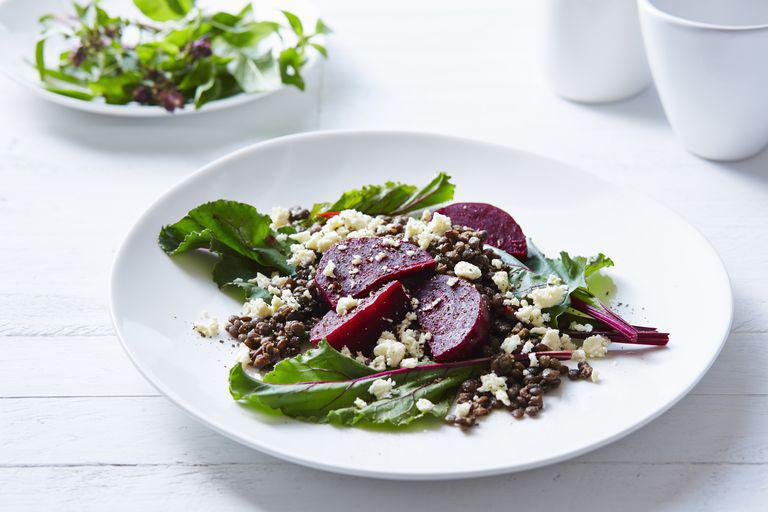Whether you want to get back in shape, lose weight, or build muscle, nutrition plays an important role in achieving your goals. A healthy diet not only helps you lose weight but also keeps your body in its best condition for exercising and for your other daily activities.
So, how do you know if your diet is healthy and how can you change it if it isn't? The following steps will guide you through the basics of creating a healthy diet.
Where to start with your diet
- Find out if your diet needs improvement: Start with this healthy eating quiz, which will help you determine if you are getting the recommended amounts of whole grains, fruits, vegetables, protein, dairy, etc.
- Learn how many calories you need each day: Use a women's calorie calculator or a men's calorie calculator to estimate your daily calorie needs.
- Track your eating: Keep a food diary to track your meals and calorie intake. This will provide you with important information to help you figure out what changes you may need to make.
- Make small changes: Experts know that we do much better at making permanent changes when we keep them small and manageable. For example, if you usually skip breakfast, aim to eat something every morning, even if it's just a glass of orange juice or a bit of yogurt. Skipping breakfast can actually slow down your metabolism, which can affect your weight loss goals.
- Add, don't subtract: If you don't know where to start, begin by adding something healthy to your diet rather than taking something away. For example, drink a glass of water before meals or add an extra vegetable to your next meal. Adding healthy items will help fill you up with good things, leaving less room for the bad.
Additional tips for better nutrition
- Be mindful of emotional eating or snacking due to boredom. Identify what triggers this eating pattern and keep yourself busy during those urges to munch. Keeping a food diary here is very helpful, just noting the times you eat when you're not actually hungry. We often fall into emotional eating patterns without realizing it.
- Stay hydrated: Often, the feeling of hunger is actually your body telling you that it is thirsty.
- Eat more fiber: Fiber fills you up and helps you feel full, so you'll naturally eat less. Adding healthy foods to your diet is also much easier than adding more restrictions, which only makes you crave the foods you're trying to avoid.
- If you're hungry, have a healthy snack. If you wait too long, you may end up eating more food to satisfy that gnawing hunger.
- Prepare for the week: One of the easiest ways to avoid the fast food trap is to have healthy meals prepared. Learn how to prepare healthy meals for weight loss so that you always have something ready whenever hunger strikes.
Other nutrition resources:
- How much protein do you need?
- Nutrition for weight loss and exercise
- Are you an emotional eater?
- Nutrition
- Quiz: What does your diet say about you?
Back to beginner workouts
Users who liked
